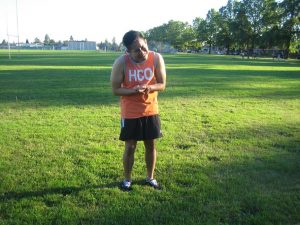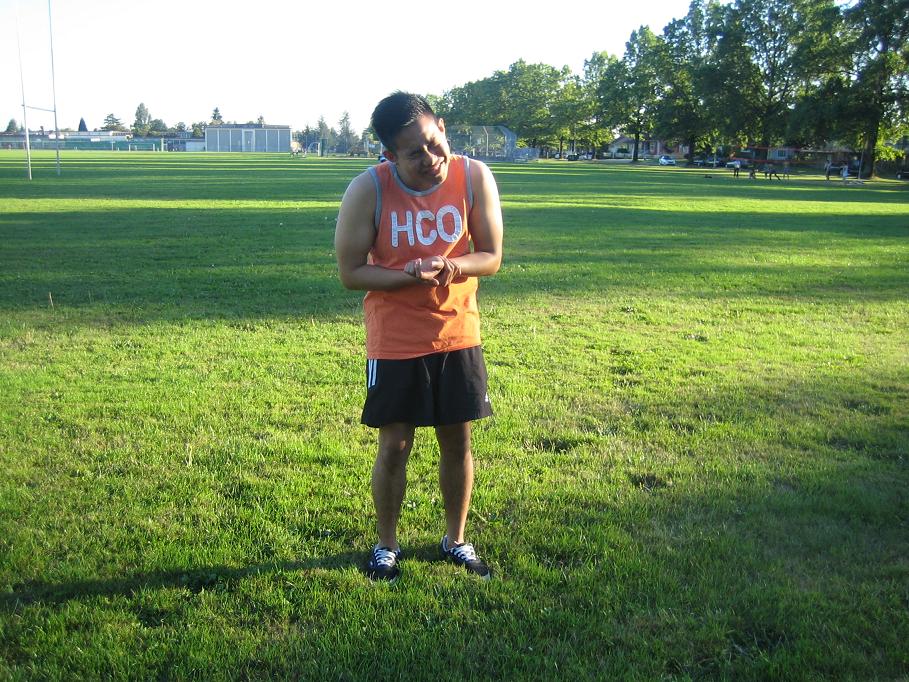Paronychia is an infection that develops on the edges of the fingernail or toenail. Generally, it can be acute or chronic. Acute paronychia is caused by direct or indirect trauma placed on the nail fold or cuticle and it can be minor injury. It can be caused by washing dishes, finger sucking, picking or biting a hangnail, ingrown nail, improper manicure procedure such as trimming or pushing back the cuticles and application of artificial nails.
Chronic paronychia is an inflammatory reaction of the folds of the nail to irritants and allergens. It can also be a result of finger sucking, washing of dishes, excessive trimming of the cuticles and frequent contact with chemicals such as acids and alkalis. This condition causes the cuticle to separate from the nail plate and susceptible to fungal and bacterial infection.
Symptoms of paronychia
- Redness and swelling around the affected area
- Sore to touch and sometimes the area is colored yellow-green which indicates an accumulation of pus under the skin or abscess of the toenail or fingernail.
Treatment

- Mix equal amounts of warm water and liquid antibacterial soap. Soak the affected area in the solution for at least 15 minutes 3-4 times every day. Soak the area immediately after the development of redness around the affected area. Warm water lessens development of infection and for proper flow of blood in the area. Another alternative if the skin has a cut, add a tablespoon of Epsom salt to the solution or saline solution to the warm water. Avoid using alcohol or hydrogen peroxide in cleaning the area, to prevent further irritation and slows down the healing.
- After drying the area, apply petroleum jelly or antibacterial ointment if there is a break in the skin. Cover the area using a bandage to prevent contamination with germs and worsen the condition. Remove the bandage before soaking and cover it again with a clean bandage after the soak.
- If an abscess or pockets of pus has developed, there is a need to open the abscess using a surgical knife or scalpel for easy drainage of the pus. After draining the abscess, cover the area with a bandage and change to clean bandage regularly for 2 days. After 2 days, soak the affected area in warm water for at least 15-20 minutes 3-4 times every day until symptoms is reduced. Lastly, remove the bandage if the area starts to heal, but if there is a cut, continue the warm water soak until the wound closes.
Tips
- Regular washing of the hands using antibacterial soap to prevent and heal mild nail infection.
- Stop biting of fingernails.
- Control chronic condition such as diabetes.
- Wear hand protection such as gloves when washing dishes and dealing with chemicals.
- Lastly, wash hands properly after working with carpentry, dealing with dirt and other activities that makes the hands soiled and having scrapes and cuts.
FACT CHECK
https://en.wikipedia.org/wiki/Paronychia

